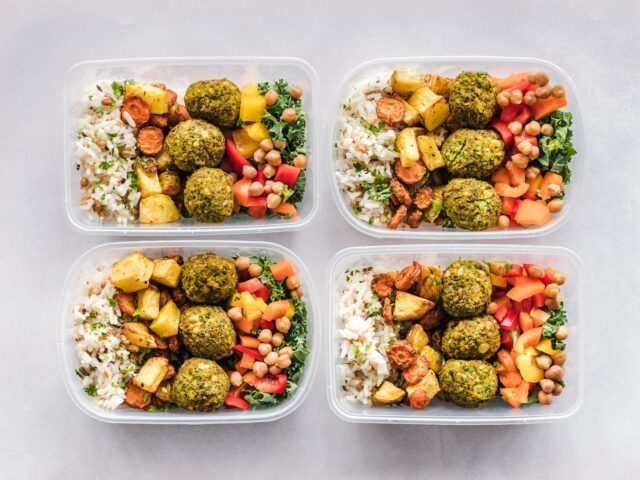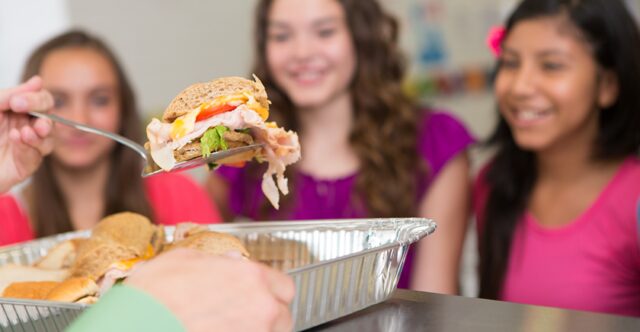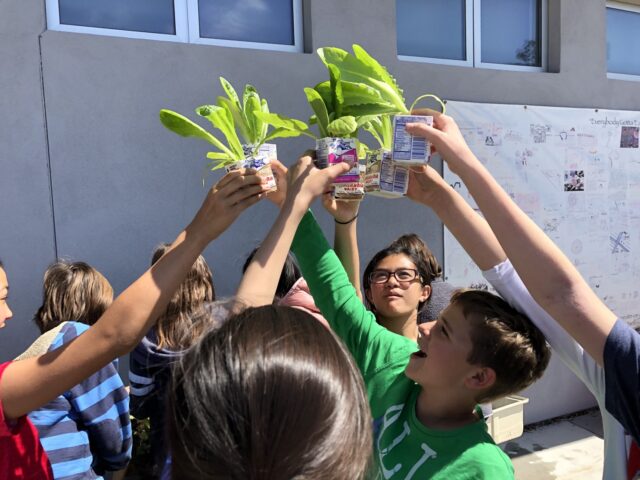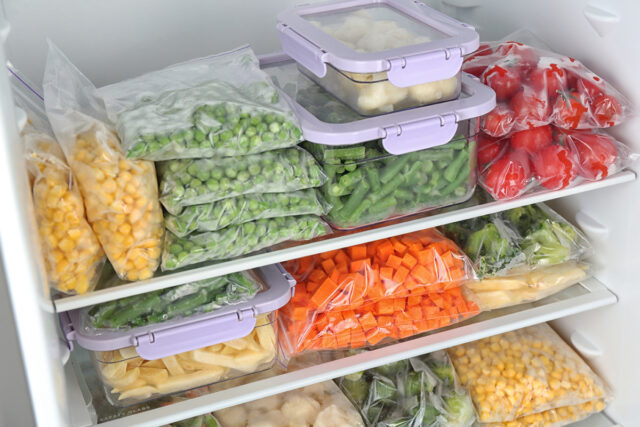
Kids are notoriously picky eaters. One kid may adore what another simply refuses to eat. But, having a cafeteria that serves up monotonous, monochromatic, and unhealthy options only makes kids pickier.
US public schools serve lunch to 30 million children on a daily basis, many of whom may not have access to nutritious meals outside of school. Eating unhealthy foods or skipping lunch altogether can leave your students too lethargic or too hungry to properly focus on their schoolwork. Plus, processed foods and high sodium options can have negative impacts, such as an increased risk of childhood obesity.
Proper childhood nutrition promotes physical, mental, and emotional development, and is the gateway to a healthy life. Fortunately, more options are available nowadays for schools looking to improve their lunch options for students. Here are seven ways to improve your school’s lunch program:
1. Provide Options For Those With Dietary Restrictions

Dietary restrictions can mean that kids have to face slim pickings come lunchtime. A vegetarian option doesn’t have to mean a peanut butter and jelly sandwich anymore!
School districts around the country have started to consider what students with dietary restrictions need in a healthy, satisfying lunch. As both producers and consumers become more aware of the diversity of dietary restrictions, food options for vegans and those with food allergies, such as people suffering from Celiac disease, are becoming more widely available.
In fact, Los Angeles public schools are on track to offering vegan options at every lunch, and at least three New York schools offer completely vegetarian menus.
2. Get Recipe Planning Support

If you’re not a registered dietician, planning school lunches can be immensely difficult. You have to juggle USDA restrictions and requirements, along with what you think the children will like, and you may begin to feel you always resort to the same boring options. An organization like NutriStudents K-12 can help you break this cycle by coming up with a balanced, USDA-compliant menu that will have kids looking forward to lunchtime.
3. Reduce Animal Product Options In Favor Of Plant-Based Options

Traditional school lunches rely on meat, fish, or poultry entrée as the main source of protein. Experimenting with plant proteins, such as legumes, is a healthy alternative for students. Some schools have also implemented Meatless Mondays to acclimate students to being less reliant on animal protein. Such programs provide more options for vegan students, as well as raise awareness on how to eat a plant-based diet, which is ultimately better for students and the planet in the long run!
Similarly, increasing plant-based options can help students rely less on meat for nutrition. Many schools have experimented with salad bars to provide fresh vegetables during lunch. Additionally, such programs give students a greater chance of personalizing their own lunches to their tastes.
4. Source It Locally

More and more foodservice providers are opting for locally sourced produce as ingredients for school lunches. This limits the environmental impact of transporting food and ultimately provides fresher and healthier ingredients for chefs to work with. Plus, having a kid know that the food they’re enjoying was grown just a couple of miles away can get them excited about the local food options available to them.
Your distributor is likely aware of such programs or may have some to offer. They can be instrumental in helping you plan a menu based on locally sourced ingredients.
5. Cultivate A School Garden

Chicken tenders and frozen pizzas featured in school lunches around the country are sadly far removed from the reality of how food actually gets to people’s plates. One excellent way to involve students in the process of growing food (and, ultimately, getting them to eat healthier) is having a school garden.
Alice Waters, a prominent chef in the Slow Food Movement, started a food education program at a middle school in California, and school gardens have started to pop up all around the country ever since. Especially in underprivileged areas, school gardens can be the only chance students have to interact with freshly grown produce. A fresh garden can provide a steady stream of fresh veggies to be integrated into your cafeteria’s menu.
6. Make It From Scratch

Preprepared and frozen foods are the staples of classic cafeteria menu planning. While they make the cook’s job easier, the price is paid in flavor and health benefits. Processed meats are considered carcinogenic, and other processed foods aren’t much healthier. Cutting out preprepared foods in favor of freshly prepared options significantly improves the nutritional content of your students’ lunches. Just take a look at Japan—their school lunch program is a source of pride for the country as it rarely contains packaged or frozen food options.
7. Ask Your Students!

The best source of suggestions on how to improve your school lunches maybe your own students. They eat these lunches every day and most likely have plenty of ideas as to the areas for improvement.
Students frequently feel that lunch options are boring, tasteless, or unhealthy. What you can do is try debuting new programs or menu items with a test group of students, and ask for their feedback on how to improve things. Discover what students want more of and what they want to see less of, and try personalizing these factors to their tastes. Similarly, kids nowadays tend to be much better educated about dietary restrictions and food systems than previous generations, and you may be surprised how helpful their suggestions can be.
Healthier School Lunches Make Healthier Students

As more and more people become better educated on how diet impacts people’s health and the planet, viable food choices are becoming more widely available. The time has come for school lunches, which are vital for students, to undergo the same sort of reform. The tasteless, highly processed stereotypical cafeteria lunch is a relic of the past and should be replaced with healthier, more dynamic options.
Fortunately, there are a number of easy but truly effective ways to improve school lunch programs. Remember that a small change can already make a big impact on students’ health, performance, and even happiness.
Jessica Larsen
Jessica Larsen has made a name in the blogging industry for her ability to create high-quality pieces on health and wellness, family planning, and self-improvement. Jessica has thousands of loyal readers who regularly waits for updates on her blogs and guest posts on other websites.












